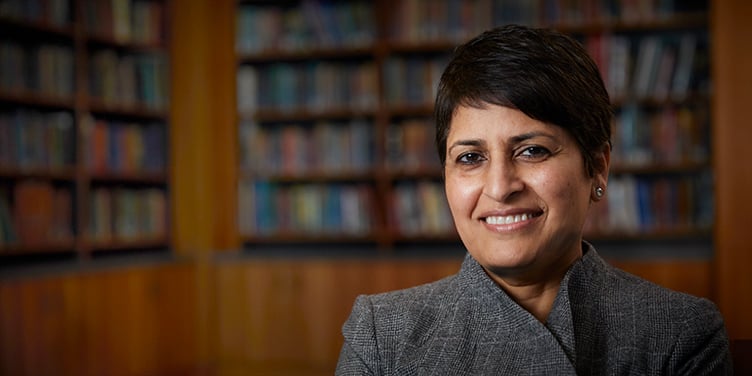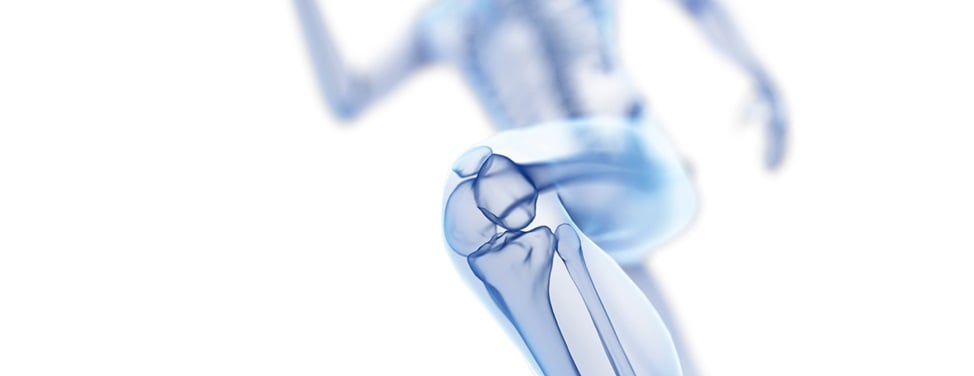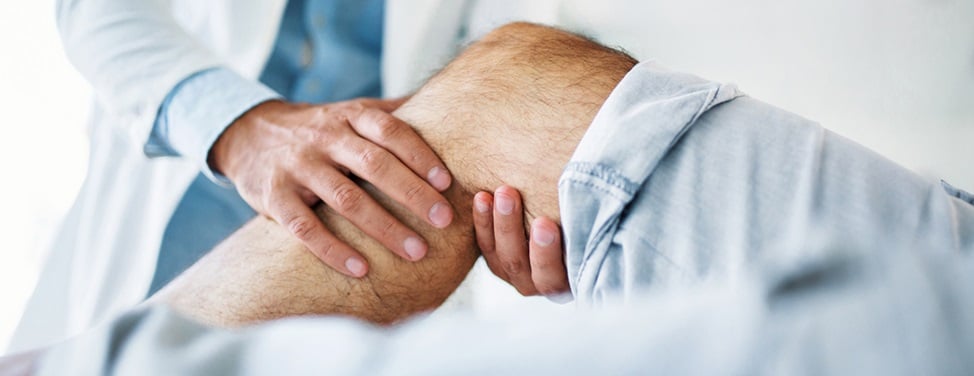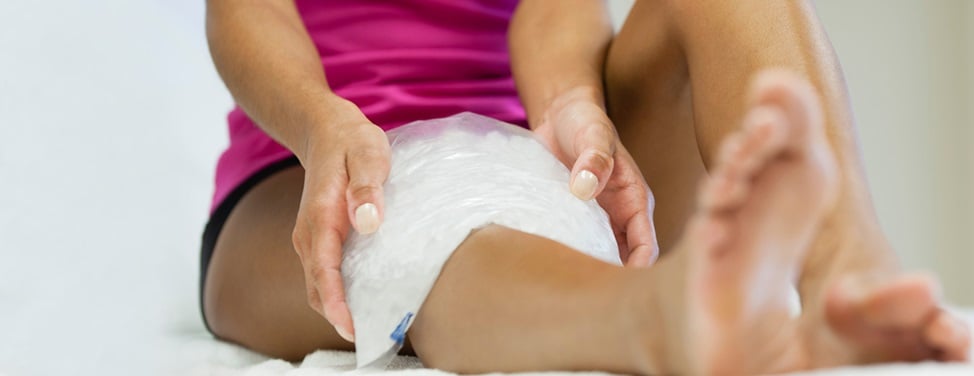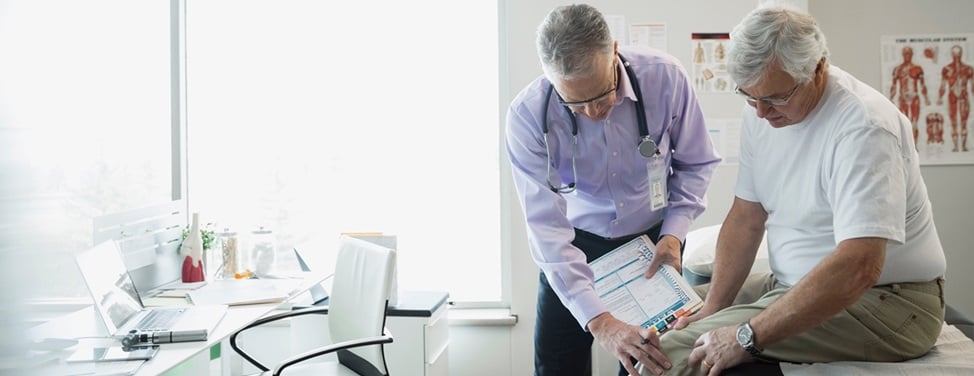
Knee Injuries in Women: Tips for Prevention and Healing
Most of us have heard that women athletes are more prone to suffering from a traumatic knee injury. But what most people don't know is that you don't have to be a weekend warrior to end up with a serious knee problem. Each year, roughly 10 million women see their doctors for knee pain, often caused by activities that are not related to sports, such as lifting boxes, going up a flight of stairs or squatting too much while gardening.
The knee is formed by the femur (thigh bone), the tibia (shin bone) and the patella (the knee cap). It is essentially a hinge joint that is held in place by the medial collateral (MCL), lateral collateral (LCL), anterior cruciate (ACL) and posterior cruciate ligaments (PCL).
Why are women more prone to knee injuries? Researchers suspect one of the most likely causes is the way women are built. Women tend to have wider hips and are slightly knock-kneed (their thighbones tend to curve inward from the hip to the knee) and this alignment can create added stress on the joints. Another cause could be traced to a woman's muscles. More often, women tend to use their leg muscles differently than men in ways that increase the possibility of injury.
Here are some common knee problems women encounter and tips from UCSF orthopedic surgeons and knee specialists on how to prevent them:
Problem: Patella or Kneecap Pain (pain in the front of the kneecap)
When working properly, your patella should glide straight up and down as you extend your leg. But sometimes the kneecap slides slightly off track and rubs against the bone and cartilage nearby. This can lead to pain and swelling in front of the knee and behind the kneecap. You can also hear a crackling noise.
Solution
To prevent pain, it's important to build up muscle endurance and strengthen the quadriceps muscles in the front of your leg. You'll also need to stretch the muscles and tendons that may be tight such as the hamstrings (in the back of the leg) and the iliotibial band (on the outer side of the leg). It is also wise to avoid activities that may aggravate the kneecap, such as climbing stairs, running up and down hills and squatting excessively.
Problem: Meniscus tears
The meniscus is a crescent-shaped piece of cartilage acts as the cushion for the knee. You have two menisci in each knee. When the meniscus breaks down, the torn pieces can cause irritation that leads to pain and swelling on either the inner (medial) or outer (lateral) side of the knee, depending on which meniscus is torn.
Solution
If you have meniscus pain, be sure to ice your knee and take an anti-inflammatory to keep the swelling down. Work on stretching and strengthening your legs. If pain persists after long bouts of activity, it's best to see your doctor for a full evaluation.
Problem: ACL (Anterior Cruciate Ligament) Tears
The ACL is one the most commonly injured ligaments of the knee. Most injuries occur in the young, athletic population. The ACL is injured when it sustains a force that exceeds the strength of the ligament. This may result from non-contact injury (landing awkwardly, cutting or changing direction) or from contact such as getting tackled during a football game. The risk of ACL injury is highest in sports that require pivoting, jumping, cutting or a rapid change of direction, such as soccer, basketball, volleyball and gymnastics. It's also a common problem when athletes have poor physical conditioning and lack strength or flexibility.
Individuals who experience ACL tears usually describe a feeling of the joint "giving out" or buckling. Many patients also often hear or feel a "pop" at the time the knee is injured. Other signs and symptoms may include an inability to continue to play after the injury, significant knee swelling 2-12 hours after the injury, an inability to fully straighten or bend the knee and repeated episodes of the knee "giving way" with sports activities.
Solution
Recent research has shown that the risk of ACL injury may be reduced through conditioning and training programs designed to increase balance and flexibility, and improve muscle strength and endurance. If you have an injury that you suspect may have caused an ACL tear, it is best to see your doctor for a full evaluation.
Problem: MCL (Medial Collateral Ligament) Tears
The MCL is usually injured when the outside of the partially flexed knee is struck with the foot fixed to the ground. Injury to the MCL can also occur with excessive lateral rotation (outside twisting) of the knee. This force causes the medial aspect of the knee to widen, creating a stretch, partial tear or complete tear of the ligament. An injury to the MCL may be isolated or a component of a more complex knee injury. The injuries that frequently occur in combination with MCL tears are ACL and meniscus (cartilage) tears. The most common symptom following an injury to the MCL is pain directly over the ligament on the inner portion of the knee. If only the MCL is injured, most patients are able to continue walking after an acute injury, however they often have difficulty with activities involving pivoting and twisting. Pain and stiffness in the joint are localized to the inner part of the knee and the area may become swollen. More significant MCL tears may give the patient a sense of instability.
Solution
If you have an injury that you suspect may have caused an MCL tear, it is best to see your doctor for a full evaluation.
Problem: Overuse Injuries
Repeating the same motion can lead to wear and tear on almost any of your joints. Overuse injuries are especially common on the knees since you rely on your knees for many activities. Nagging injuries and aching bones or inflamed muscles can develop into bigger problems.
Solution
If you suspect you have an overuse knee injury, consult your doctor and be sure to take plenty of rest until your knee isn't sore anymore.
This information is for educational purposes only and is not intended to replace the advice of your doctor or other health care provider. We encourage you to discuss any questions or concerns you may have with your provider.


